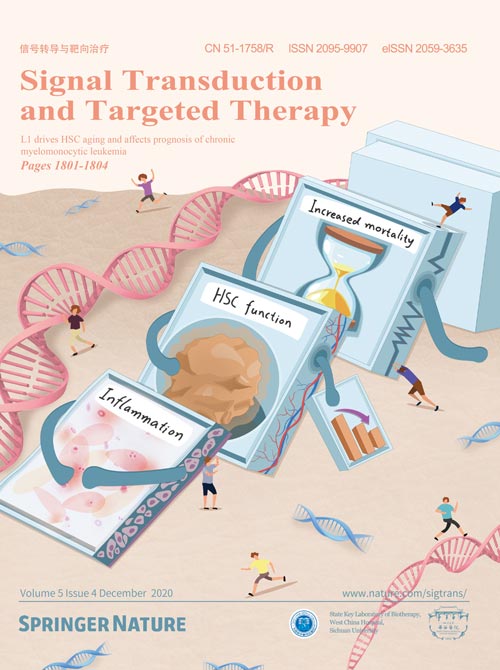Volume 5 Issue 4, Dec 2020:
Article
COVID-19-activated SREBP2 disturbs cholesterol biosynthesis and leads to cytokine storm
Wonhwa Lee
ORCID: orcid.org/0000-0003-4336-5221,June Hong Ahn,Hee Ho Park,Hong Nam Kim
ORCID: orcid.org/0000-0002-0329-0029,Hyelim Kim,Youngbum Yoo,Hyosoo Shin,Kyung Soo Hong,Jong Geol Jang,Chun Gwon Park,Eun Young Choi,Jong-Sup Bae &…Young-Kyo Seo
Sterol regulatory element binding protein-2 (SREBP-2) is activated by cytokines or pathogen, such as virus or bacteria, but its association with diminished cholesterol levels in COVID-19 patients is unknown. Here, we evaluated SREBP-2 activation in peripheral blood mononuclear cells of COVID-19 patients and verified the function of SREBP-2 in COVID-19. Intriguingly, we report the first observation of SREBP-2 C-terminal fragment in COVID-19 patients’ blood and propose SREBP-2 C-terminal fragment as an indicator for determining severity. We confirmed that SREBP-2-induced cholesterol biosynthesis was suppressed by Sestrin-1 and PCSK9 expression, while the SREBP-2-induced inflammatory responses was upregulated in COVID-19 ICU patients. Using an infectious disease mouse model, inhibitors of SREBP-2 and NF-κB suppressed cytokine storms caused by viral infection and prevented pulmonary damages. These results collectively suggest that SREBP-2 can serve as an indicator for severity diagnosis and therapeutic target for preventing cytokine storm and lung damage in severe COVID-19 patients.
